Learn More About Hummingbird moths
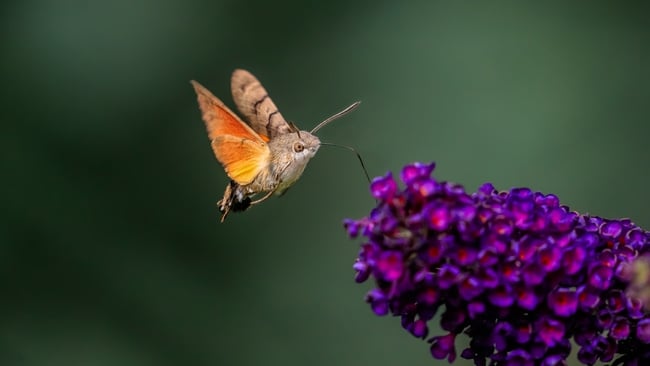
Dear FA Members: Your overwhelming response to our story on hummingbird moths inspired us to tell you even more about them! Read on to learn more fun facts about these fascinating creatures! (If you have not seen our first article on this topic with nearly 2,000 user-submitted photos and comments, find it here.)
Please comment below with additional questions you may have and include any photos of your sightings.
6 Ways To Tell The Difference Between Hummingbird Moths And Hummingbirds
At first glance, you may mistake a hummingbird moth for a hummingbird. Both winged creatures hover, buzz, and dart from flower to flower, feeding on nectar. There are several ways to tell them apart, but you will need a close look to see their physical differences. Hummingbird moths have:
1) Antennae
Since hummingbird moths are insects, it’s no surprise that there are two prominent antennae at the top of its head. Hummingbirds have none.
2) Two Sets Of Wings
Hummingbird moths have two small anterior (back) wings in addition to their forewings. The birds only have one set.
3) Six Legs
The moths have six legs that are visible as they fly while the birds have two (that are kept out of sight).
4) No Beak
The moths have a long, tongue-like proboscis that coils up like a paper party horn, when not feeding (as opposed to a long, firm beak).
5) No Feathers
The moths are covered with hair that resembles bird feathers.
6) Clear Wings (At Times)
Some moths, particularly the Snowberry Clearwing moths have clear wings. The birds on the other hand have opaque wings (despite the fact that they move so quickly they almost appear to be transparent).
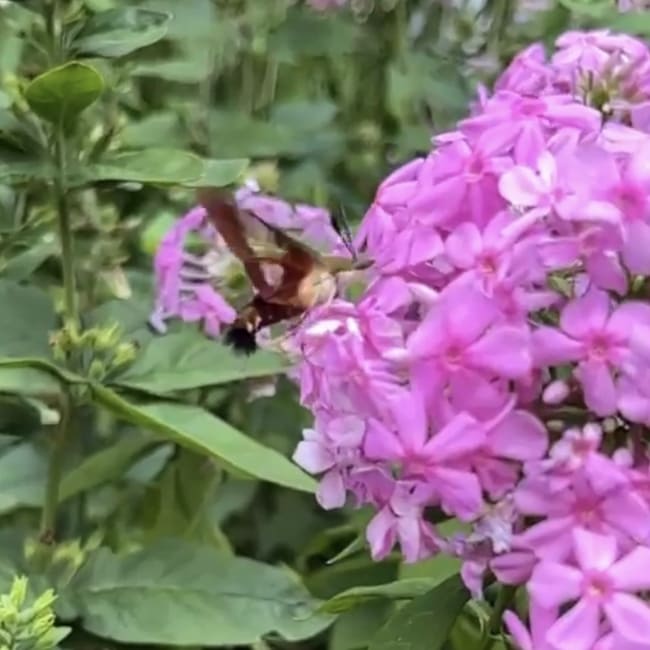
Differences In Feeding and Flight Time
The moths feed on flower nectar alone whereas the birds feed on small flying insects they can eat whole, such as mosquitoes, fruit flies, and gnats.
Hummingbirds typically fly and feed during the day, and sleep at night. Both the bird and the moth are active during twilight.
Sphinx hummingbird moths are nocturnal creatures, pollinating flowers that open at night. Unlike the bird, which has no sense of smell, the moths are attracted to fragrant, and light-colored blooms.
While hummingbirds are particularly drawn to red or orange blooms, hummingbird moths are attracted to tubular shaped flowers of any color.
Night-blooming flowers often emit a strong scent that attracts the Sphinx moth. These include four o’ clocks, tuberose, night blooming jasmine, evening primrose, night phlox, mock orange, Angel’s trumpets, nicotiana, moonflowers, cereus, cactuses, and succulents.
Adult moths are best viewed when flowers are in full bloom on the landscape. Taking flight in early spring, the moths actively pollinate flowers typically through the month of September or early October, if warm temperatures and flowers remain present.
According to Wildlife Trusts, the hawkmoth is a summer visitor to the UK, migrating from Southern Europe in variable numbers each year.
Differences In Lifecycles
Unlike hummingbirds which live an average of 6.5 years, the moths generally live about six months. Yet some sources report that the moths can live as long as 2 to 3 years.
Although hummingbirds and moths hatch from eggs, their lifecycles have little else in common. Hummingbirds lay eggs in tiny nests. The infant birds stay in their nest, until mature.
The adult moth lays tiny eggs on the underside of leaves of its host plant. Unlike birds, moths do not care for its eggs. The eggs hatch in one to two weeks, depending on the temperature. The caterpillars emerge from the eggs and live on the host plant, constantly eating for 20 to 30 days. The fully grown caterpillars go into the pupa or chrysalis stage. Once the adult moth emerges from the chrysalis cocoon, it begins feeding on nectar-rich flowers. And the cycle continues.
Observing these beneficial pollinators and beautiful winged creatures in your flower beds is an experience to treasure!
How To Tell Types Of Hummingbird Moths Apart From Each Other
There are five species in North America. Four of these are of the genus Hemaris (clearwing moths).
Clearwing moths are easy to recognize by their beautiful, transparent wings. These include clearwing (Hemaris thysbe), snowberry clearwing (Hemaris diffinis), slender clearwing (Hemaris gracilis), and Rocky Mountain clearwing (Hemaris thetis).
The fifth species is found in North America is the white-lined sphinx moth (Hyles lineata) otherwise known as hawkmoth of the genus Hyles. It is brownish gray in color with white markings, and pink on its smaller set of anterior wings.
Keep Learning
Hummingbird Moths: 10 Facts That Will Amaze
A Winter Forecaster: Wooly Bear Caterpillars (Isabella Tiger Moth)
How To Treat A Browntail Moth Rash
10 Amazing Facts About Hummingbirds
Join The Discussion – Members Only
What else would you like to know?
Let us know in the comments below.
Please share any photos of your sightings with other FA members here.
We encourage you to get to know each other by doing so!

Deborah Tukua
Deborah Tukua is a natural living, healthy lifestyle writer and author of 7 non-fiction books, including Pearls of Garden Wisdom: Time-Saving Tips and Techniques from a Country Home, Pearls of Country Wisdom: Hints from a Small Town on Keeping Garden and Home, and Naturally Sweet Blender Treats. Tukua has been a writer for the Farmers' Almanac since 2004.







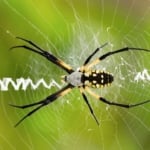
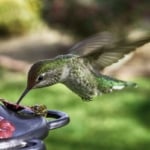


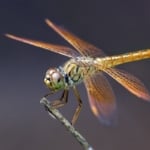
I seen the Hummingbird moth for the first time a few nights ago.i was able to take an amazing video. I’ve fallen in love with this beautiful creature.
We have them twice a year in NE Louisiana. I go out everyday at dusk to watch them enjoy our ginger lilies and white spider lilies. Have great slo-mo videos of multiple moths feeding-wish I could share here. So hard to get a good picture as they fly so fast, but here’s one. We just love them!❤️
We had one of these in our flowers on June 16th, we live in Saskatoon, Saskatchewan, Canada, and I took some good pictures, it was so nice to see and watch.
I think I’ve just seen a humming bird.moth in my garden on the Isle of wight.!!!
Fantastic! How fun! 🙌